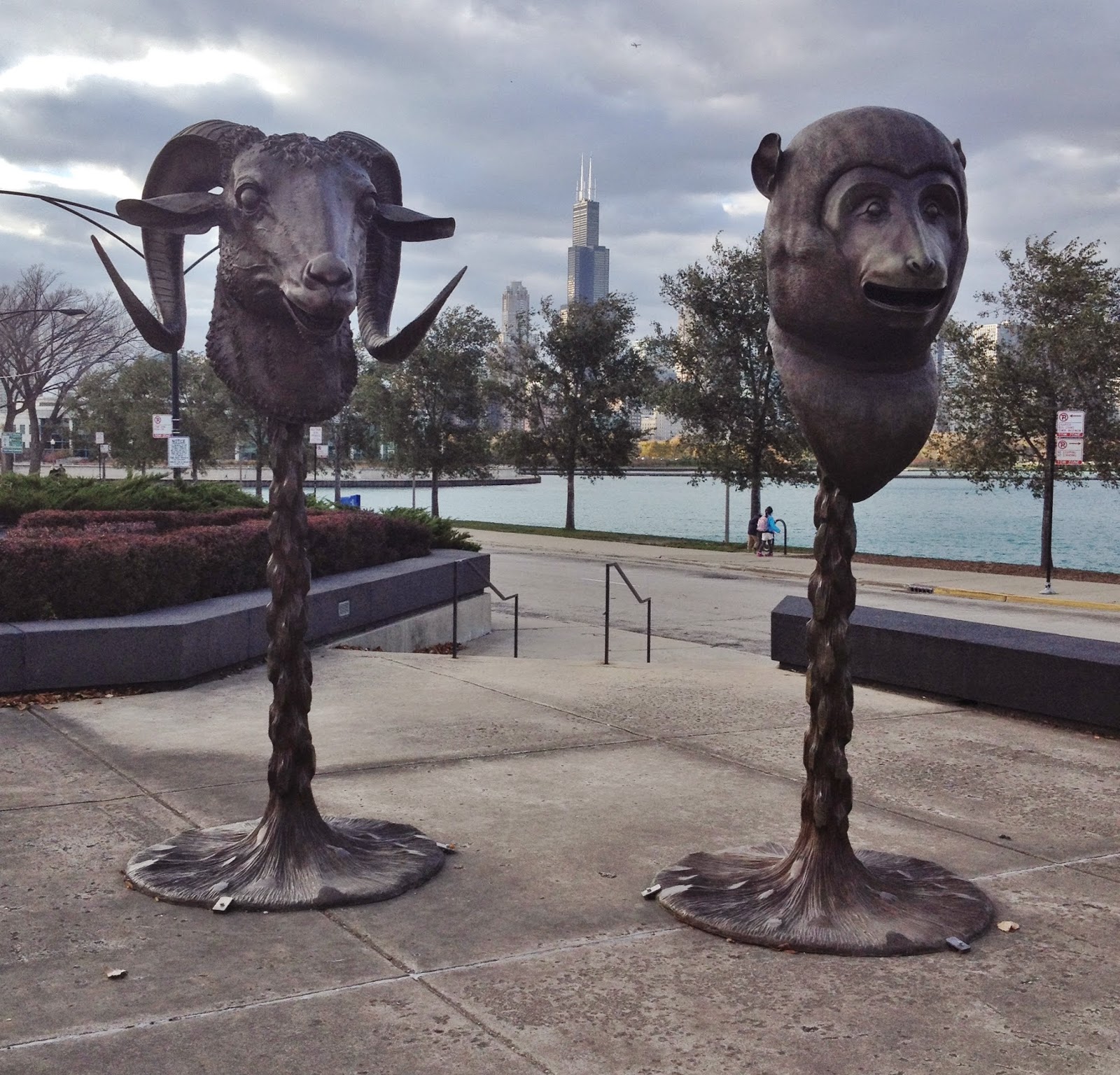Tuesday, December 16, 2014 -  Art Alert,art crime,art vandalism,Galleria Nazionale d'Arte Moderna,GNAM,MACRO,Museo d'arte Contemporanea Roma,Palazzo Braschi
Art Alert,art crime,art vandalism,Galleria Nazionale d'Arte Moderna,GNAM,MACRO,Museo d'arte Contemporanea Roma,Palazzo Braschi
 No comments
No comments
 Art Alert,art crime,art vandalism,Galleria Nazionale d'Arte Moderna,GNAM,MACRO,Museo d'arte Contemporanea Roma,Palazzo Braschi
Art Alert,art crime,art vandalism,Galleria Nazionale d'Arte Moderna,GNAM,MACRO,Museo d'arte Contemporanea Roma,Palazzo Braschi
 No comments
No comments
Essay: Bringing Art to the Masses, With Limited Success in Rome
 |
| Image Credit: Roma Capitale |
By Lynda Albertson
It was an initiative to bring the museums to the streets and the streets to the museum. The city of Rome, in cooperation with three city municipalities, three Rome museums and Italy’s Cultural Ministry, set about to beautify the periphery of Italy’s capital with interesting artworks. Commuters on their way to work, would be given a unique opportunity to explore the potential of Rome’s artworks within the comfort of their daily routine and hopefully learn a little bit about artists that they might not otherwise have known while they were at it.
The pilot installation, designed to entice passers-by to visit the collections housed at the MACRO - Museo d'arte Contemporanea Roma, the GNAM - Galleria Nazionale d'Arte Moderna, and Palazzo Braschi, a large Neoclassical palace in Rome near Campo de' Fiori, have been scheduled to run for six months.
 |
| Image Credit: Roma Capitale |
Fifteen masterpieces were photographed at high resolution on a 1:1 scale
then printed on canvas and hung along common transit areas. Like art
exhibitions held in New York City’s "Subway Art" and London Transit Authority’s extensive “Art on the Underground”
Rome’s goal was to allow art lovers to appreciate the city's
ever-growing collection of Contemporary and Modern art by making more accessible works of art by painters like Carla Accardi, Paolo Anesi, Giacomo Balla,
Benedetta Cappa Marinetti, Pablo Echaurren, Filippo Gagliardi, Gavin
Hamilton, and Titina.
They even sweetened the pot by publicizing to residents that if they took selfies in front of the artworks they would gain admission to the museum where the artwork was housed for free.
 |
| Image Credit: Roma Capitale |
In addition to the free ticket photo shoots, the city scheduled a series of cultural and educational events which include guided tours and workshops for school children designed to incorporate the masterpieces and the artists that created them. For those too busy to attend, the exhibition also includes a QR code on the captions located beside each of the artworks. Used in conjunction with a specially-developed smart phone app called "Musei in Strada” (Museums in the street) rushing pedestrians could also get information on the art works and the museum’s that host the originals.
Giovanna Marinelli, councillor for culture, was quoted in Arte Magazine as saying "We want to reduce the distance that separates, physically and metaphorically, museums in the city center from the suburbs, with the objective being to discover or rediscover the artistic heritage of Rome’s cultural identity and to strengthen the bond of its citizens to the history of their city.”
 |
| Image Credit: Twitter user @anderboz |
Unfortunately for Rome’s art loving citizens, some folks got a little
too physically close. In the past week someone has defaced one reproduction with
graffiti and destroyed another, setting fire to the reproduction of Benedetta Cappa
Marinetti’s "Velocità di motoscafo" on Sunday, December 14th.
It makes one glad
that these were simply reproductions, and not original works of art.
Not
to be discouraged, the city has vowed to replace the damaged artworks
and to carefully review CTV footage to identify the art-hating
culprit.














